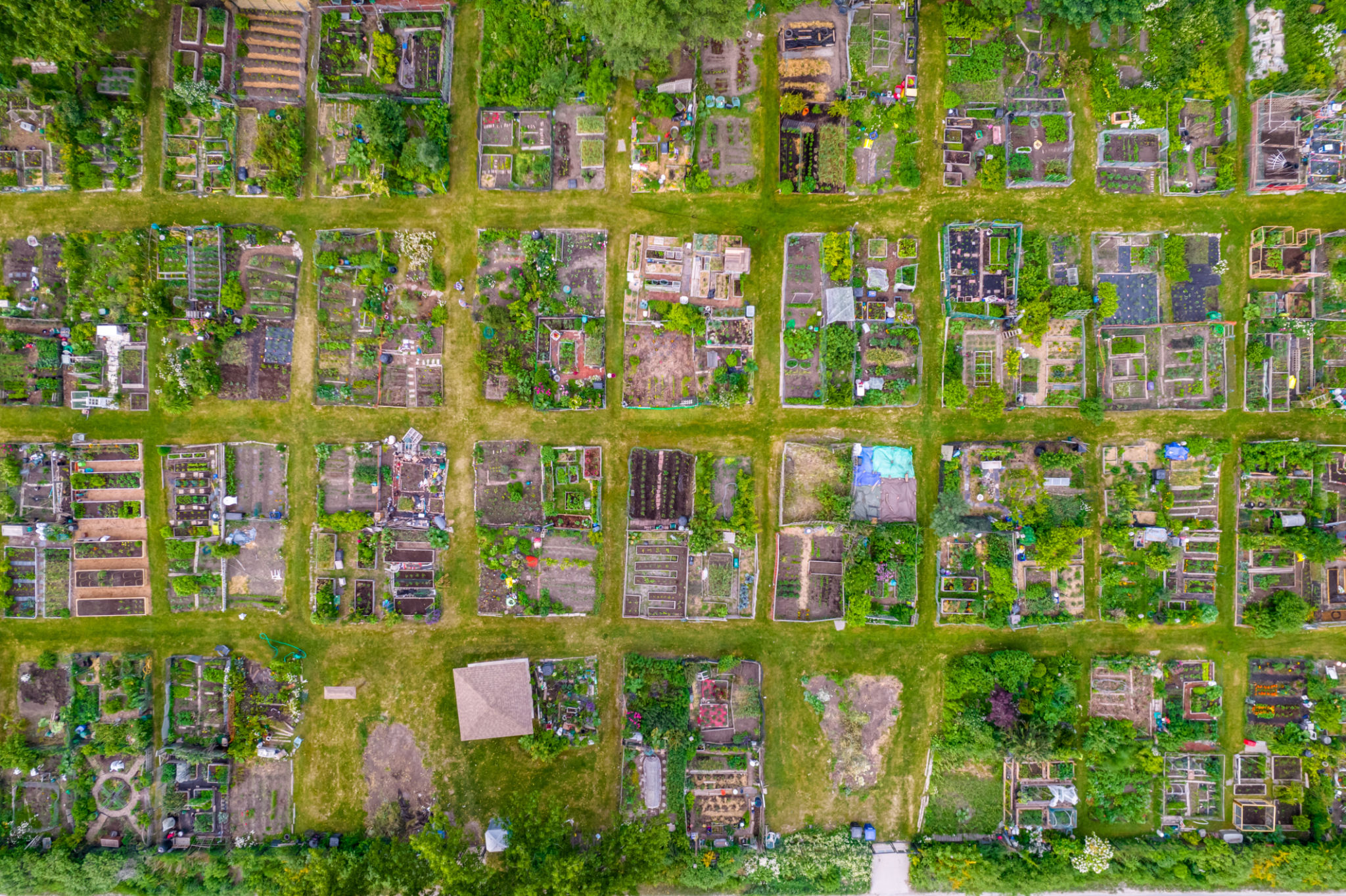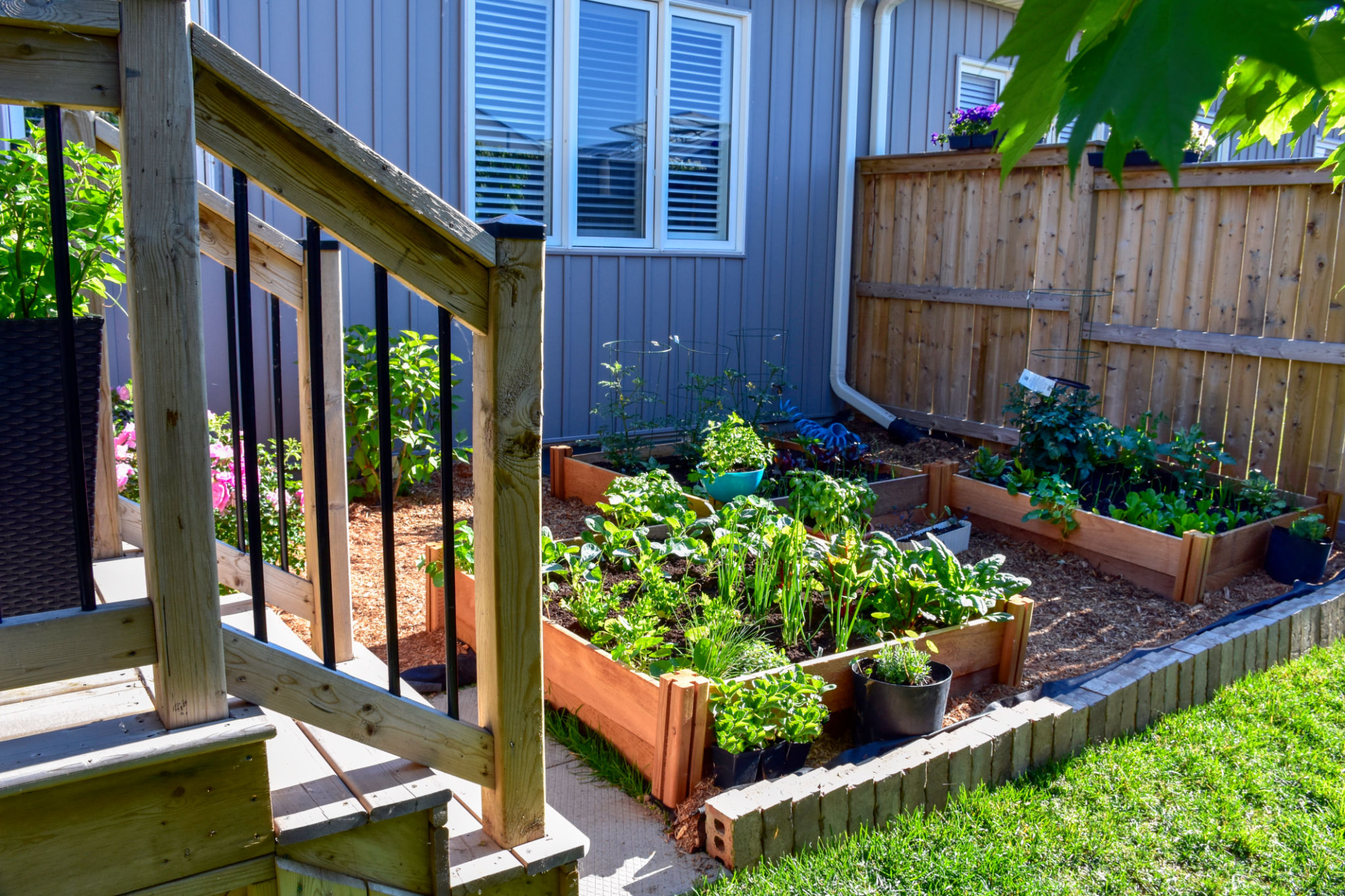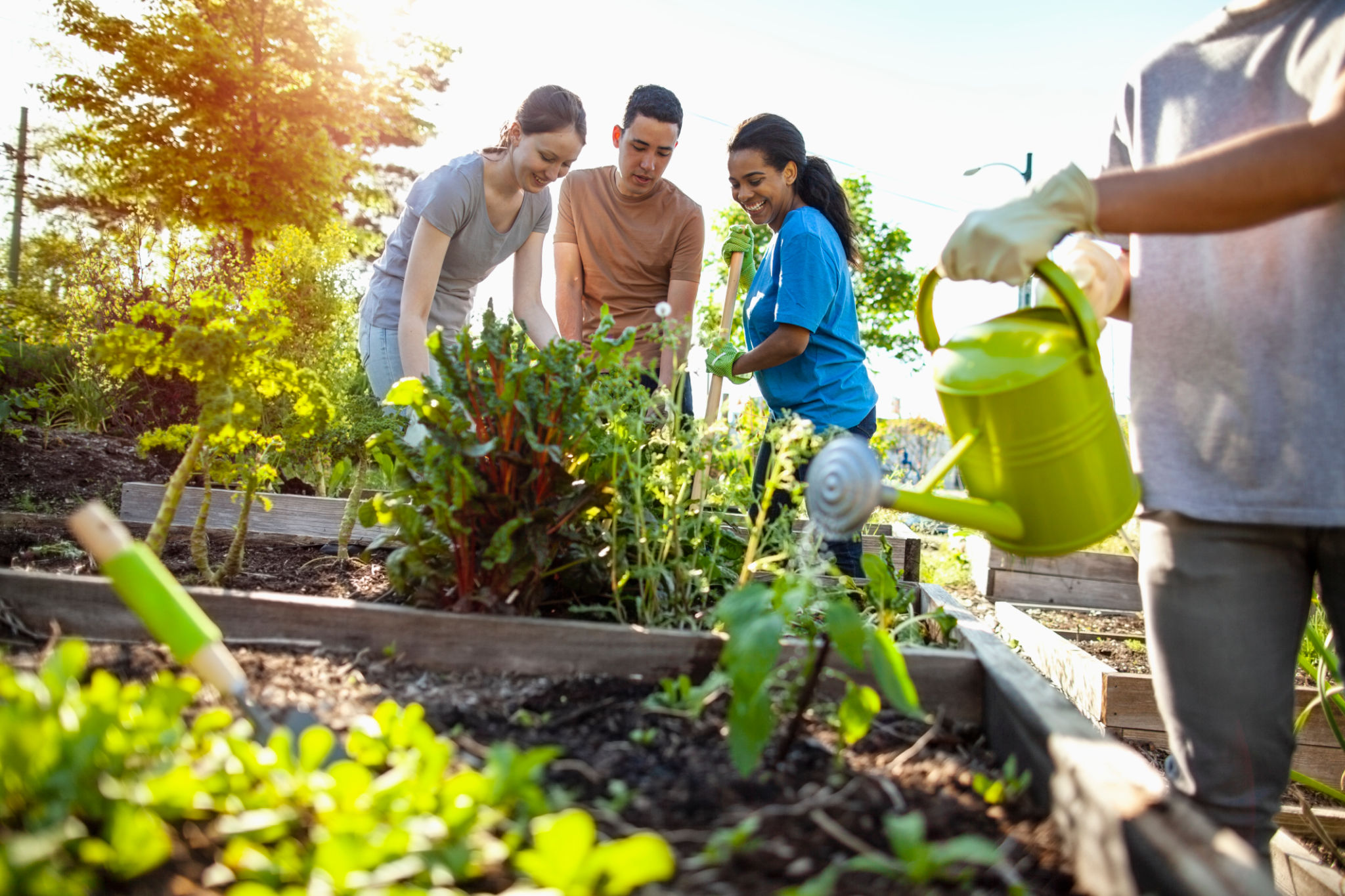Top Myths About Urban Gardening Debunked
Myth 1: Urban Gardening Requires a Large Space
One of the most common misconceptions about urban gardening is that you need a vast amount of space to grow anything worthwhile. In reality, urban gardening is all about maximizing the use of whatever space you have. From balconies to rooftops, there are countless ways to create a thriving garden in a small area.
Container gardening, vertical gardens, and window boxes are just a few methods that allow city dwellers to grow plants without needing a traditional garden plot. With some creativity, even the smallest spaces can yield a bountiful harvest.

Myth 2: Urban Gardening Is Expensive
Another myth is that starting an urban garden is costly. While it’s true that some gardening supplies can be expensive, urban gardening doesn't have to break the bank. Many plants can be grown from seeds, which are inexpensive and often available for free through seed swaps or community programs.
Additionally, repurposing household items like plastic containers or old furniture can serve as planters, reducing costs further. By focusing on sustainable practices and DIY projects, urban gardeners can cultivate beautiful gardens on a budget.

Myth 3: Urban Gardens Lack Diversity
Contrary to popular belief, urban gardens can host a wide array of plant species. Many people assume that only a limited selection of plants can be grown in urban settings, but this couldn't be further from the truth. Whether it's herbs, vegetables, flowers, or even small fruit trees, there are numerous options available for urban gardeners.
With the rise of innovative gardening techniques like hydroponics and aquaponics, urban gardeners can expand their plant variety even further. This allows them to enjoy a diverse and productive garden year-round.

Myth 4: Urban Gardening Is Not Environmentally Friendly
Some argue that urban gardening is not environmentally friendly due to the use of resources like water and soil amendments. However, urban gardening can significantly contribute to environmental sustainability. By growing their own food, urban gardeners reduce their carbon footprint associated with food transportation.
Moreover, implementing water-saving techniques such as rainwater collection and drip irrigation systems can make urban gardens more eco-friendly. Urban gardens also help reduce the urban heat island effect by adding greenery to densely populated areas.
Myth 5: Urban Gardening Is Only for Experienced Gardeners
Many people shy away from urban gardening because they believe it requires extensive knowledge and experience. While having some gardening skills can be helpful, it's not a prerequisite for success. There are plenty of resources available for beginners, from online tutorials to community workshops.
Starting with easy-to-grow plants such as herbs or hardy vegetables like lettuce and radishes can build confidence in new gardeners. As they gain experience, they can gradually expand their garden with more challenging plants.

Myth 6: Urban Gardens Don't Produce Enough Food
Some skeptics claim that urban gardens can't produce enough food to make a meaningful impact. However, even small-scale urban gardens can supplement a household's diet with fresh, homegrown produce. By practicing succession planting and choosing high-yield crops, urban gardeners can maximize their productivity.
Community gardens and shared spaces also offer opportunities for larger-scale food production, fostering collaboration among neighbors and increasing local food security.
Conclusion
The myths surrounding urban gardening often deter people from exploring this rewarding activity. By debunking these misconceptions, more individuals can embrace the benefits of growing their own food in urban environments. With creativity, resourcefulness, and dedication, anyone can transform their urban space into a flourishing garden.
